They are the rock stars of the art world but what is the story behind the sunflowers?
Van Gogh’s descent into madness went hand-in-hand with an astonishing outpouring of creativity that saw him paint more than 300 works of art, including the septet of sunflower paintings. James Rampton reports

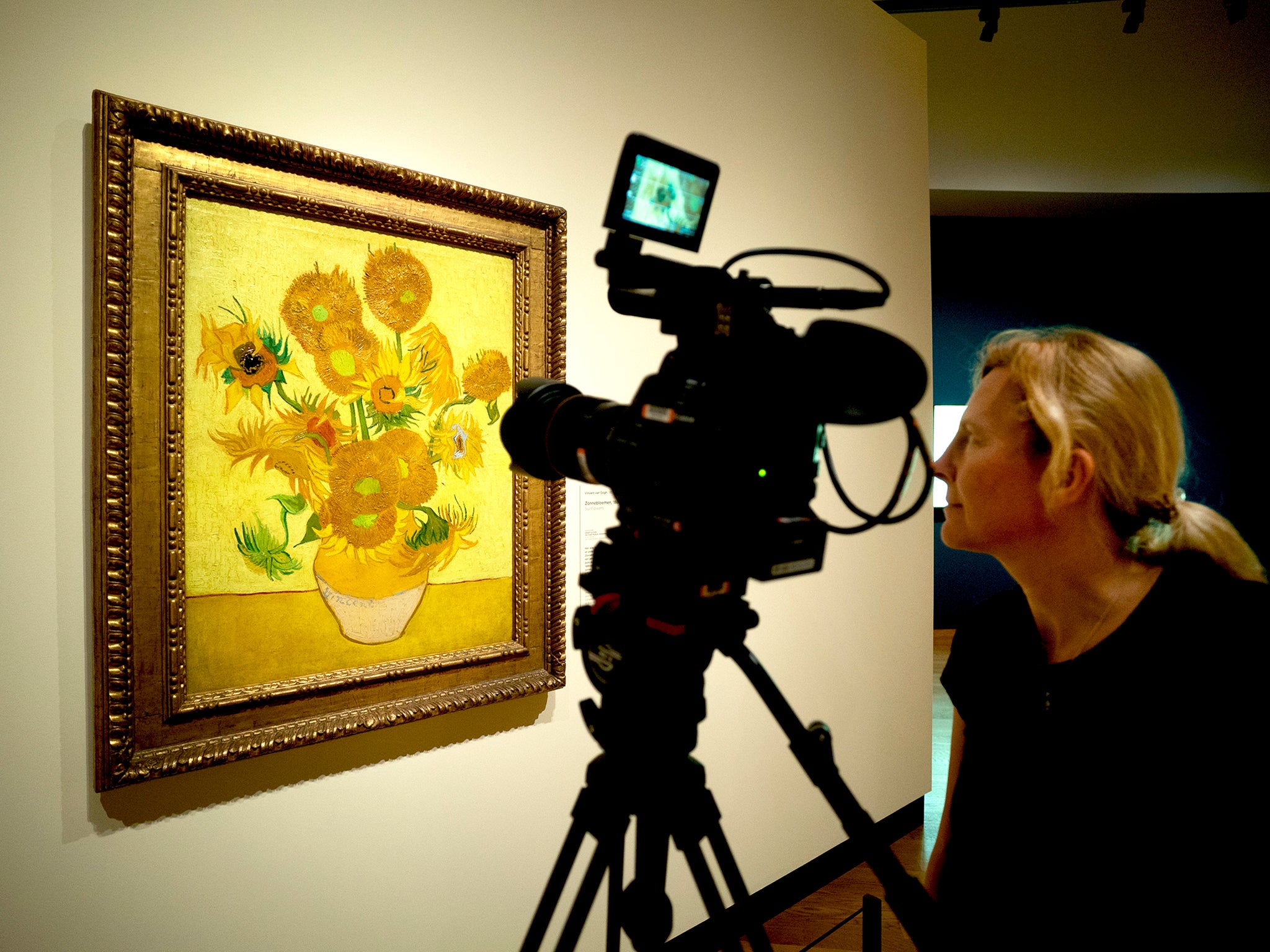
Vincent van Gogh's stunning cycle of seven sunflower paintings has attained a level of global celebrity that the artist himself could never have dreamt of during his short, unhappy life, when he struggled to make ends meet and sold just one picture (The Red Vineyard at Arles, since you ask). In the years after his death in 1890, these pictures have helped seal his reputation as one of the greatest painters to have ever graced this planet. They are regularly voted the most popular works of art in the world. Only the Mona Lisa comes close.
Christopher Riopelle, curator of post-1800 paintings at the National Gallery, where a version of Van Gogh's sunflowers is one of the best loved works, says: “Sunflowers is the rock star painting in our collection, where merely being in its presence constitutes some kind of validation – 'I was there'. For many people, I think, that's very important.”
But what's so special about the sunflowers? Why, 133 years after they were painted, do these apparently simple depictions of a vase of brightly coloured flowers still compel audiences all over the world? Why are they such rock stars?
Martin Bailey, author of The Sunflowers Are Mine, thinks, “people love Van Gogh for two reasons. The images are often fairly simple when you first look at them, but they have real depth to them. They've got a vibrant quality and marvellous colours.
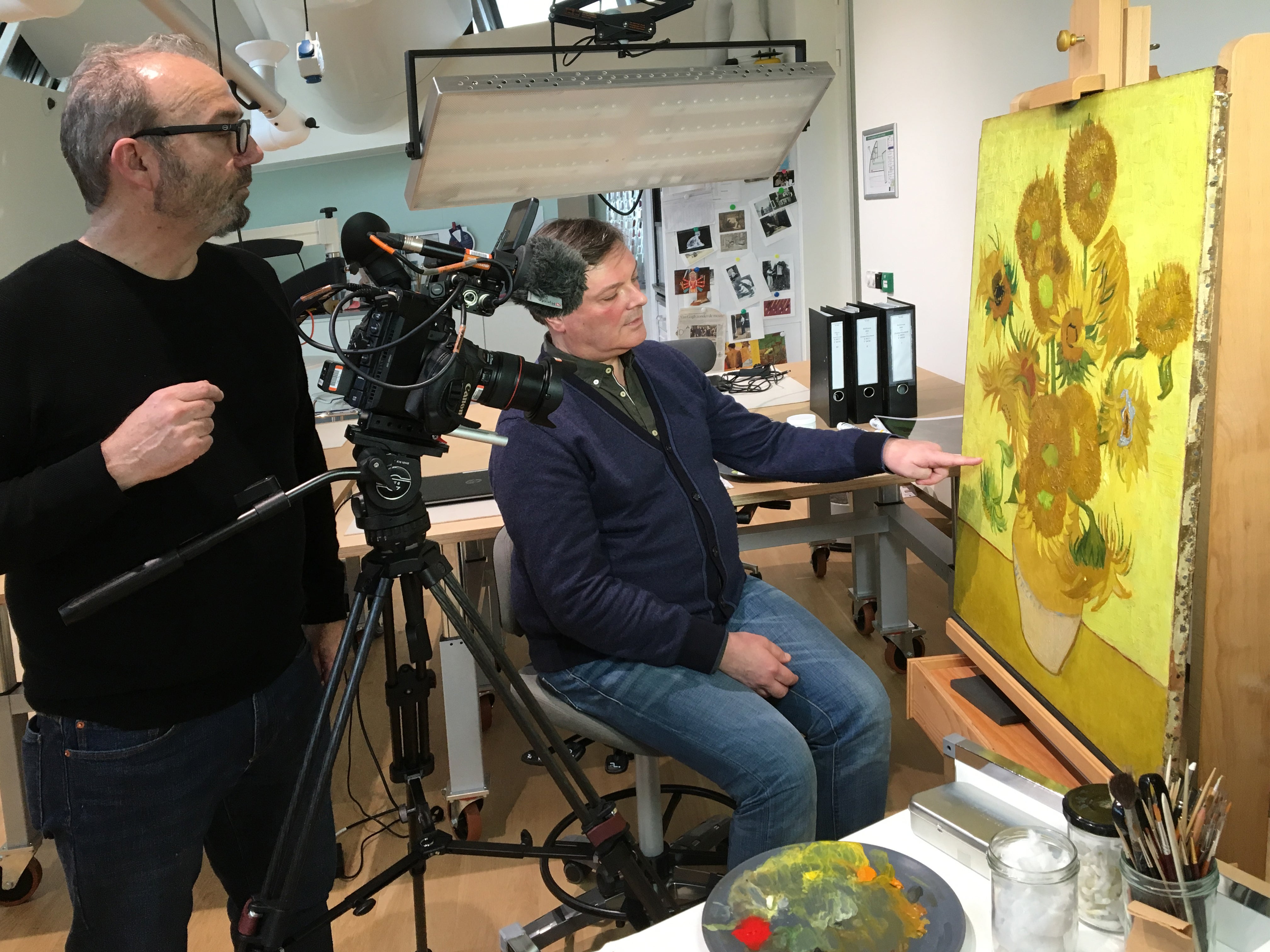
“The other reason why Van Gogh is so popular and why the public is obsessed with his paintings is the story of his life, which was absolutely extraordinary. If you stand in front of the sunflowers, you have a feeling of the man behind the painting.” That’s why, he adds: “It really has become the world's most instantly recognisable work of art.”
In some ways, the sunflower paintings are so celebrated that they are in danger of becoming victims of their own success and turning into a cliche. But there is, of course, far more to them than a bland decoration on a tea towel.
Van Gogh’s paintings of sunflowers – beautiful and bursting with life, and yet inherently doomed to wither and die – have come to represent the unremitting tragedy of his last two years
David Bickerstaff, the director of Sunflowers, an absorbing new feature-length documentary about the floral pictures which was released in cinemas on 8 June, says: “The paintings are at the sort of level where they get put on the tops of biscuit tins and on mugs. But there's a lot to be read into them. They are individual paintings made with passion and virtuosity. They are not just pretty pictures.”
To prove the point, Van Gogh’s paintings of sunflowers – beautiful and bursting with life, and yet inherently doomed to wither and die – have come to represent the unremitting tragedy of his last two years. It is this period that has defined him in the public imagination as the ultimate tortured artist.
“A lot of people relate to these paintings because they tell an eternal story,” continues Bickerstaff. “They remind us that painters go through the angst of being an artist and suffer for their art. They lock themselves away and don't earn any money in their life time. Not everyone can be a YBA!”
During the feverish final two years of his life, Van Gogh's tragic, terminal descent into madness went hand-in-hand with a quite astonishing outpouring of creativity that saw him paint more than 300 works of art. Perhaps the most notable pieces he created at that time were the glorious septet of sunflower paintings.
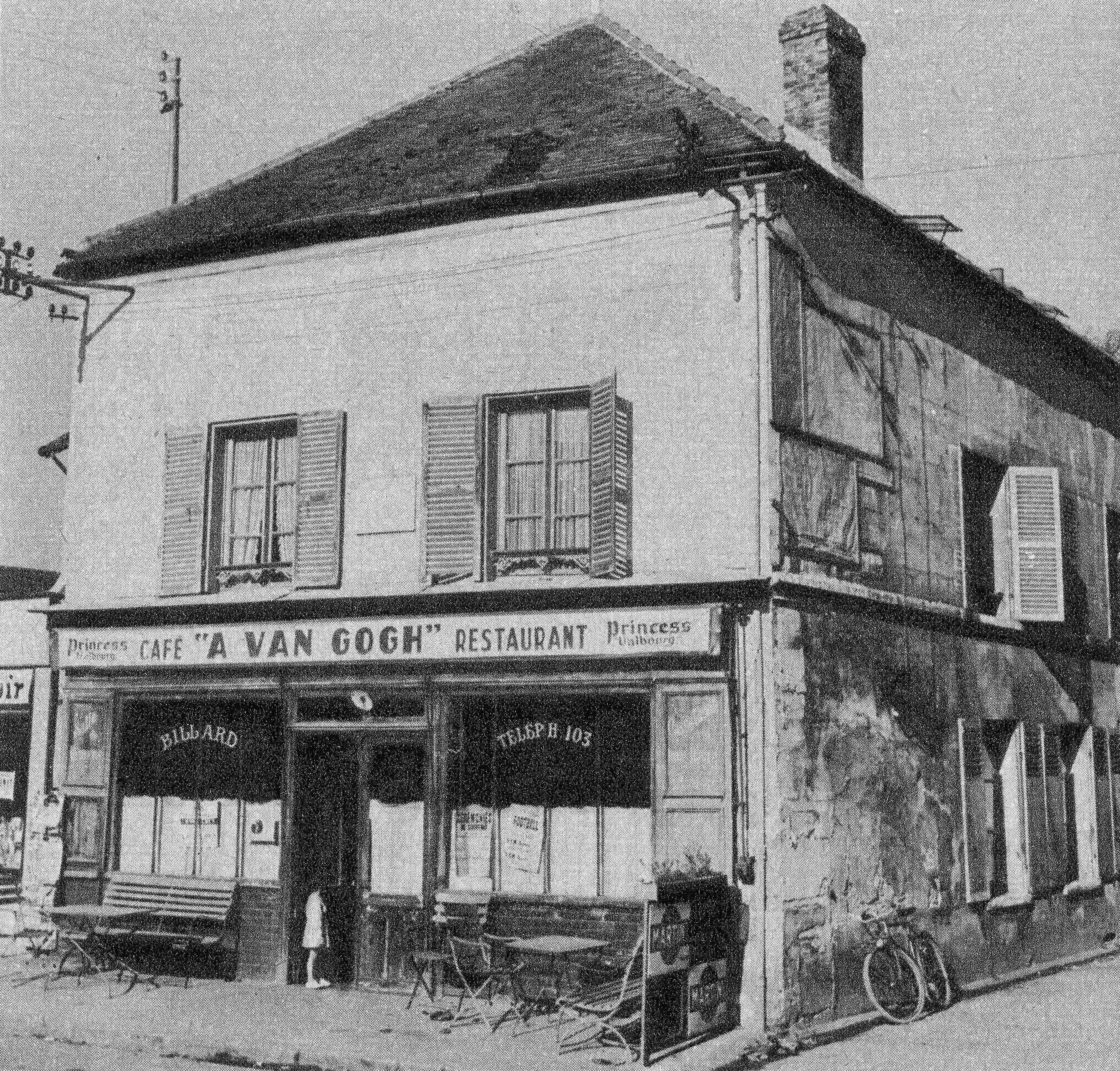
Six of them remain – one in an unknown private collection and one each in public galleries in Amsterdam, London, Munich, Philadelphia and Tokyo. Sadly, the seventh was destroyed in an Allied bombing raid on Ashiya, Japan in 1945.
This breathless, yet hopeless final act of Van Gogh's life began in February 1888 when he moved from Paris to Arles in the south of France in search of inspiration. He found it – in the perhaps unlikely shape of sunflowers – and was immediately seized by a ferocious lust for life (to borrow the title of the 1956 Kirk Douglas biopic of the artist).
“Van Gogh's whole life was like a psychodrama,” says Bickerstaff. “People don't realise that he only painted for the last 10 years of his life, so all those iconic paintings and beautiful drawings were done in a very short period of time. He was someone who dedicated everything to what he was doing. He didn't do anything by halves.”
I am working with the gusto of a Marseillais eating bouillabaisse, which shouldn’t come as a surprise to you because I am busy painting huge sunflowers
After moving south, Van Gogh was soon in full creative flow. On 21 August 1888, six months after installing himself at The Yellow House in Arles, he wrote to his brother, Theo: “I am working with the gusto of a Marseillais eating bouillabaisse, which shouldn't come as a surprise to you because I am busy painting huge sunflowers.”
Propelled by this astounding fervour, Van Gogh painted four sunflower pictures in a week for an artists' colony he was hoping to set up with his friend and fellow painter Paul Gauguin. “I'd like to do a decoration for the studio,” Van Gogh explained to Theo. “Nothing but large sunflowers.”
The sunflowers held particular significance for Van Gogh. He regarded yellow as a symbol of happiness, and in Dutch culture the flower stands for loyalty and devotion.
Unfortunately, the sunflowers swiftly became an image of decay as the artists' relationship began to fracture. Despite the fact that Van Gogh had made the warm gesture of creating these uplifting pictures to welcome Gauguin, their friendship turned sour soon after the French post-Impressionist moved into The Yellow House on 23 October 1888.
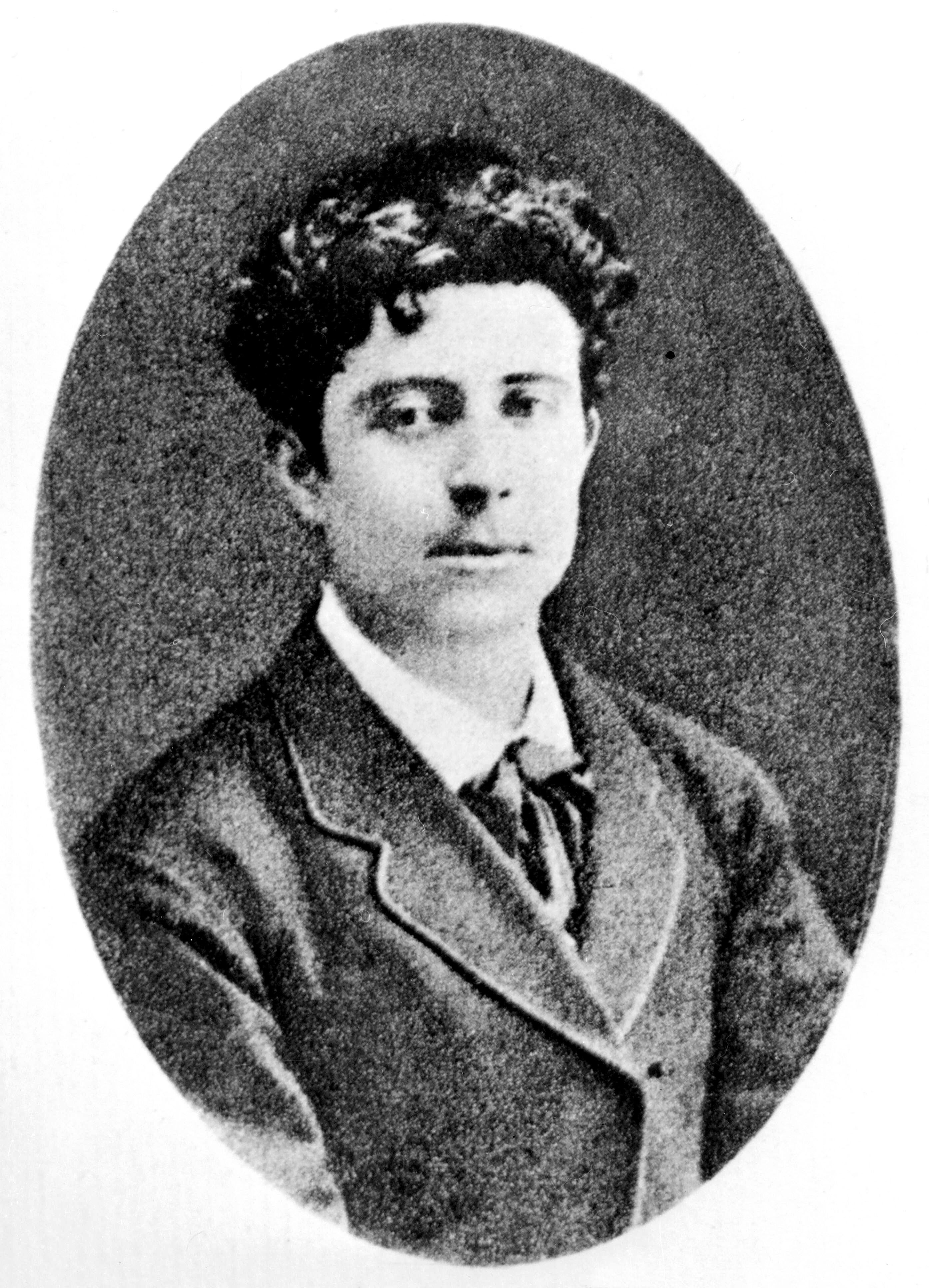
As Bickerstaff puts it: “The sunflower paintings are symbolic because they were made specifically to decorate Gauguin's room at The Yellow House. There is a sadness about these works because Van Gogh was reaching out to Gauguin and trying to be the best friend possible. It's like when you invite friends for the weekend – you're rushing around trying to do everything you possibly can to make the house look nice.”
After just nine weeks, however, the fissures in their friendship became irreparable. “The two artists soon found out that they actually had a very different approach to art and philosophy. Van Gogh had some sort of mental illness that would often raise its ugly head. He got into psychotic rages over very small things.”
His obsessive nature quickly began to infuriate his visitor. According to Bickerstaff: “Van Gogh argued with Gauguin all the time about art. He was so intense and enthusiastic. He was like the guy who comes into the pub, sits down with you and bends your ear, talking endlessly about nothing but painting. All the time, you're saying, ‘wait a second, I only came in here for a drink!’
“That's why Van Gogh was a preacher before he was a painter. He went headlong into that as well, to the point that he would do hour-long sermons that would bore the pants off everyone present!”
The more time Van Gogh and Gauguin spent together, the fiercer the rows became. Their growing animosity came to a head on 23 December 1888, when a furious argument erupted and Van Gogh flew at Gauguin with an open razor. Van Gogh stopped himself from cutting his colleague at the last possible second and retreated to his bedroom.
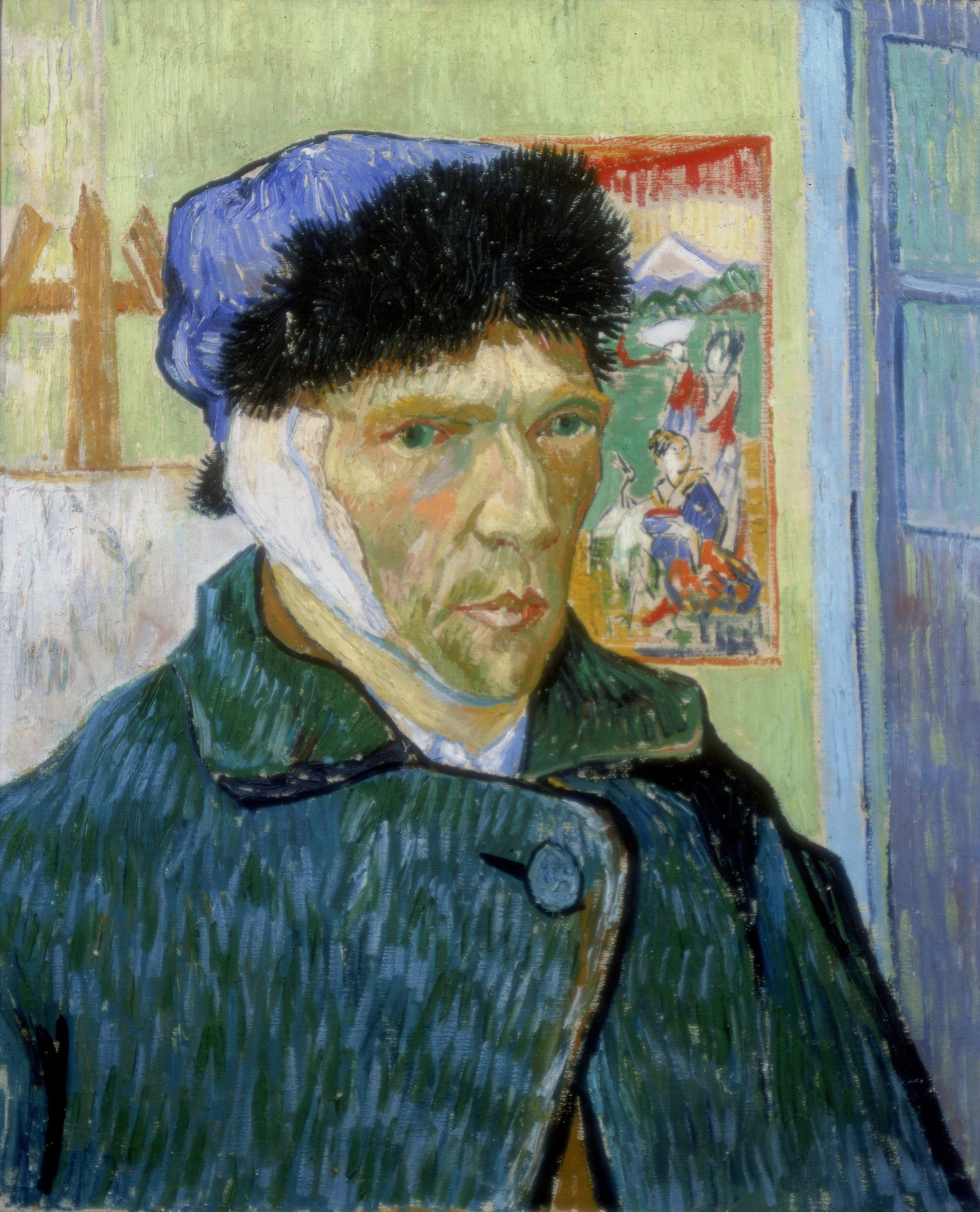
There, he heard voices in his head, which were apparently commanding him to cut off his ear, so that's exactly what he did. He then took the severed ear to the local brothel where he tried to present it to a young prostitute. She told the police about the incident. They rushed over to The Yellow House and managed to stop the artist bleeding to death.
Gaugin's heart-breaking rejection of Van Gogh's very well-meaning sunflower paintings has become emblematic of their catastrophic falling-out. Phil Grabsky, the producer of Sunflowers, says: “Those paintings reveal a lot about their relationship.
“They tell you that Van Gogh put enormous hope and emotional energy into making that relationship work. He said to Gauguin, 'let's both paint sunflowers and then compare them.’ However, Gauguin replied, ‘all I want to do is go out, get drunk and go to the brothel’.”
The clash with Gauguin intensified Van Gogh's sense that he was not getting the respect he deserved. This is, after all, a man who wrote to his brother in 1882: “What am I in the eyes of most people? A nonentity, an eccentric, or an unpleasant person, somebody who has no position in society and never will have; in short, the lowest of the low.
Though I am often in the depths of misery, there is still calmness, pure harmony and music inside me. I see paintings or drawings in the poorest cottages, in the dirtiest corners
“All right, then – even if that were absolutely true, then I should one day like to show by my work what such an eccentric, such a nobody, has in his heart... Though I am often in the depths of misery, there is still calmness, pure harmony and music inside me. I see paintings or drawings in the poorest cottages, in the dirtiest corners. And my mind is driven towards these things with an irresistible momentum.”
Grabsky, who has spent the last 30 years making documentaries about artists, says: “Van Gogh painted flowers because he knew they were a saleable subject. The sale would have been a validation, but above all, what he wanted was people to respect him as an artist.
“That was what was going on with Gauguin. He disparaged Van Gogh and didn't respect him enough. That is the saddest aspect of Van Gogh's story. Not long after he died, he suddenly became enormously respected, but he never knew that.”
In May 1889, Van Gogh checked himself into an asylum in Saint-Rémy. When he left the clinic a year later, he moved to the Parisian suburb of Auvers-sur-Oise, to be closer to Theo.
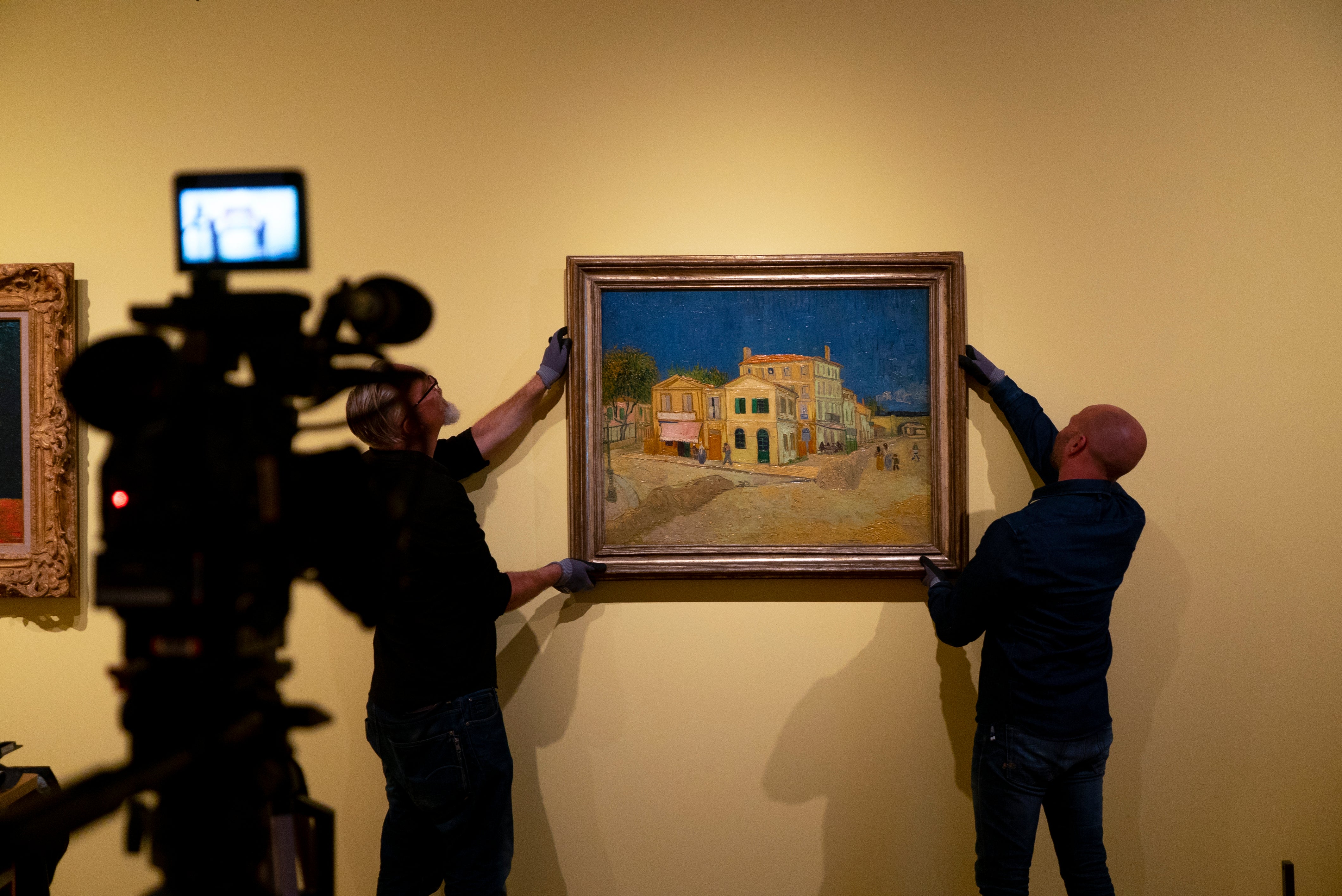
But his sense of despair only increased. On 10 July, he wrote to his brother: “The prospect grows darker, I see no happy future at all.” Seventeen days later, alone in a field, the artist shot himself. He was just 37 years old.
But even then, Van Gogh couldn't get it right. The single gunshot did not kill him outright. He was able to stagger back to his bedroom where, 30 hours later, he died in agony from the infection caused by the wound. Still-wet paintings by his side, his final words were: “The sadness will last forever.”
The timeless wonder of the sunflower cycle, though, is that they do not just paint a picture of a man on the verge of a nervous breakdown. Sunflowers, which presents a fascinating analysis of the five remaining works in public collections, demonstrates that there is far more to these exquisite, multifaceted paintings.
The reason that great artists like Van Gogh remain great is that they convey something profound about the human condition
For instance, while they are mostly blooming, the sunflowers also contain the implicit idea that they will one day fade and perish. They are a powerful reflection of the fact that in the midst of life there is death.
In Bailey's words: “Some of the sunflowers are about to bloom, some are blooming, some are going to seed, some are wilting, some are dead. For Van Gogh, there was a symbolism in this. It was the cycle of life.
“The paintings themselves are almost like a family, showing different generations at different stages. That adds an interesting layer to the pictures. They are not just pretty flowers.”
Clare Willsdon, professor of the history of western art at the University of Glasgow, reaffirms the potency of the sunflowers as a mirror of mortality. “There will always be that symbolism underpinning the depiction of the flowers – that these are flowers that are in their prime for a short time only. They are cut, their petals will fall off, they won't be there anymore. They encapsulate that moment, that specific here-ness and now-ness, as it were.”
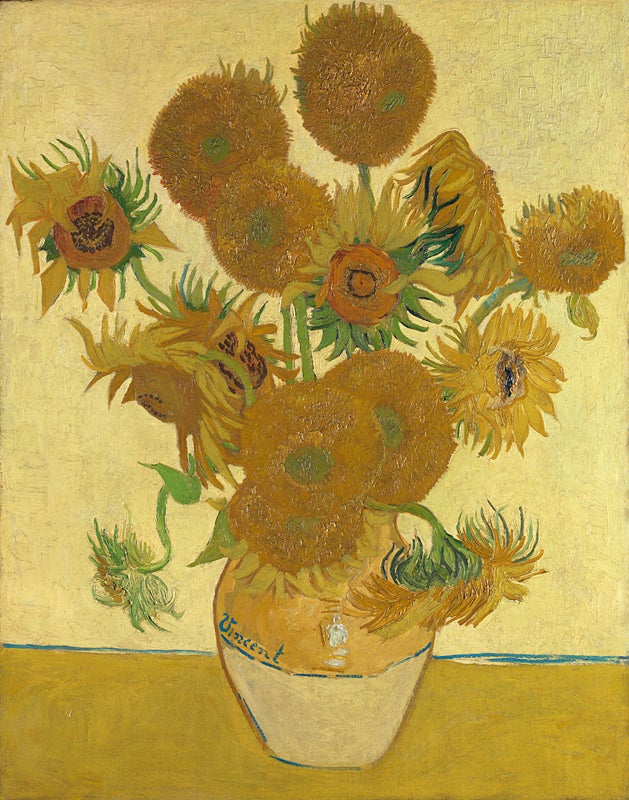
The sunflower paintings also strike a chord with people because they offer a fragile glimmer of hope and the possibility of happiness. Van Gogh felt that these pictures, a vivid exploration of the furthest shores of colour, helped to cheer him up and allowed him to view the future with a modicum of optimism.
Through these works, he wrote, he was aiming to bring together disparate, contrasting elements and forge some sort of harmony. “I'm seeking oppositions of blue and orange, red and green, yellow and violet. I'm seeking broken, neutral tones to harmonise brutal extremes.”
Grabsky confirms that, “Van Gogh was trying to convey a joie de vivre, an energy and an enthusiasm in these large flowers. They are very yellow and very bright and have a kind of sunlit aspiration to them.”
Over the past 133 years, audiences have also responded positively to the sunflower paintings because they reveal Van Gogh at the very top of his game. He found the ideal subject – and he owned it.
I’m seeking oppositions of blue and orange, red and green, yellow and violet. I’m seeking broken, neutral tones to harmonise brutal extremes
Even though he was well aware that painting took a huge emotional toll on him, he plunged into it with immense vigour, writing: “The fishermen know that the sea is dangerous and the storm terrible, but they have never found these dangers sufficient reason for remaining ashore.”
In Grabsky's opinion: “Van Gogh had so many stresses and strains and mental-health issues at that time, and yet he overcame them to become one of history's greatest artists.”
Riopelle adds: “The sunflower paintings are a moment at which Van Gogh, having struggled for so long, having suffered so much, finally, finally finds a motif that is central to his imagination, and he goes to town with it.”
Above all, these paintings still resonate down the centuries because they speak very directly to our humanity. “Why are these paintings so popular?” Grabsky wonders. “It is that mix of the beauty and the energy and the vitality of the subject matter and the three-dimensionality of the paintings. Their narratives are very clear. The way he presents light and nature and air and heat really communicates with us.
“The reason that great artists like Van Gogh remain great, even hundreds of years after their death, is that they convey something profound about the human condition and will always do so.”
How will future generations consume Van Gogh's sunflower paintings, then? With the gusto of a Marseillais eating bouillabaisse.
Sunflowers was released in cinemas on 8 June
Join our commenting forum
Join thought-provoking conversations, follow other Independent readers and see their replies
1Comments